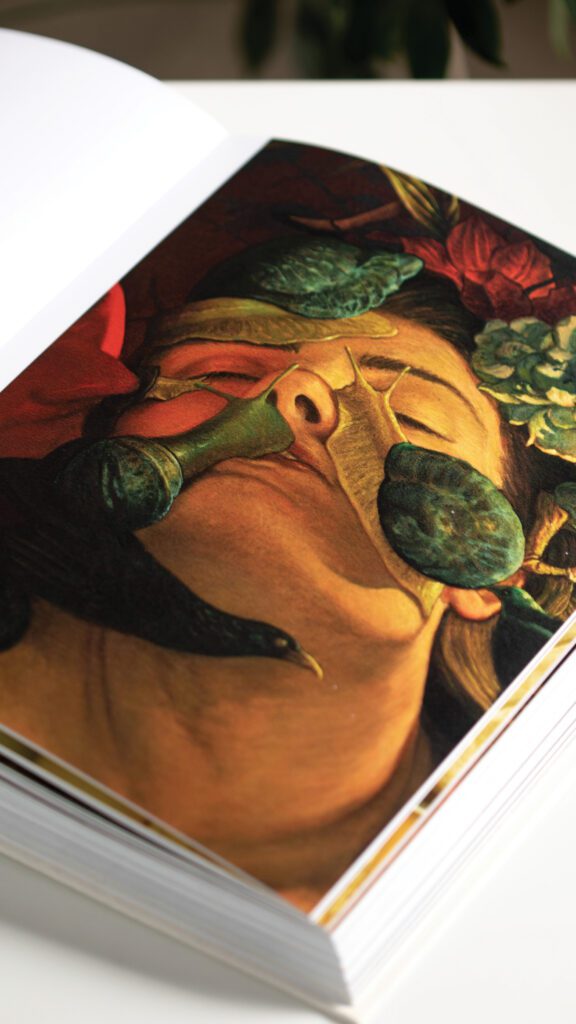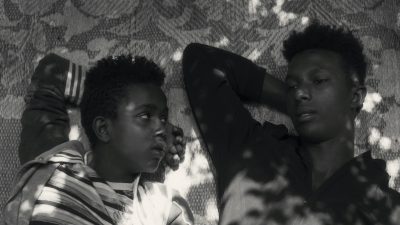Inner Demon Delectatio
An excerpt of the monograph by painter Matthew Hansel
The following is an excerpt from the monograph “Inner Demon Delectatio” by the painter Matthew Hansel. For our profile of him, click here.
Seduction is a game of psychology, not beauty, and it is within the grasp of any person to be a master at the game. All that is required is that you look at the world differently, through the eyes of a seducer.— Robert Green, “The Art of Seduction”

The human condition allows for a paradoxical reaction to the grotesque: the dual emotions of repulsion and attraction. Art as a medium is uniquely adept at allowing us to engage in this contradictory response through what can be best characterized as a type of transfiguration. The traditional idea that art fundamentally seeks beauty seems a rational (if slightly naive) conclusion until one considers that the act of seduction is often decoupled from rationality and that through art we can be attracted to that which if seen in the flesh would repulse us.The “Morbid Delectatio”(gruesome delight) appears in Aristotle’s “Poetics,” where he writes, “A sign of this is what happens in the experience: through mimesis we contemplate with pleasure the most accurate images of those same things that we look at with disgust, for example, representations of wild animals and corpses.” In this insight, we see that our curiosity with the unknown (things that may kill us or even death itself) can lead us to be enchanted by the grotesque, and it is mimesis (representation of the real world through art) that allows us the distance to engage in this transfiguration.
Recently I had this experience when reexamining the work of Hieronymus Bosch. I had previously categorized Bosch as one of the artists I left behind after removing posters of his work from the walls of my childhood bedroom. It wasn’t until the unprecedented events of 2020 altered our world to such a degree that I saw his work anew. It suddenly seemed as though his bifurcated worlds heaven and hell felt more like possibilities than illustrations. Bosch’s work seemed to be a perfect metaphor for this moment and made me ask: Why, when confronted with one of his diptychs in which the work is evenly split between the bountiful delights of heaven and chaotic misfortunes of hell, my eye continually wandered back to the netherworld, constantly searching out the next act of cheeky depravity? Why was I finding delight the grotesque creatures who were meant to fill me with the anxiety of eternal damnation? The Miniature Worlds conveyed a morbid splendor and frankly, the demons seemed to be having a lot more fun.
You might also like 


























